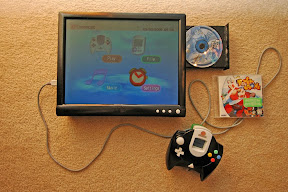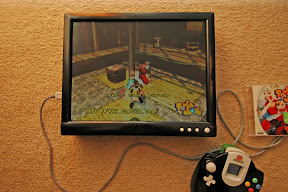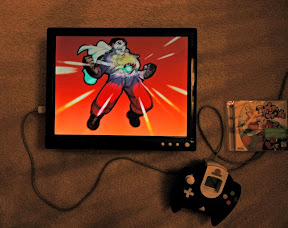Wow its been a long time since I have posted anything up here. I have been busy at college and just got home a little over a month ago for a while and I have been itching to do a mod so here we are.
A few weeks ago I Soft Modded a friends Xbox for him and installed a 250GB hard drive and put on XBMC for him and in return he gave me his older Xbox which was a failed attempt to Hard Mod an Xbox. So I took it and a week later this is what I had.
The case underwent weight loss and with the removal of the DVD Drive is an Xbox Slim. Gap where the DVD Drive would have been has been removed and now is approx. 1/2" thinner than the original case. The DVD drive can still be plugged in to rip your media to the Xbox as well as when you want to play Xbox Live enabled games because on the original Bios the Xbox won't boot up properly without it connected.
I have also added windows all around the Case. The other pictures show alternate views of what the windows look like from different angles but here you can see the Hard Drive as well as the IDE plug for the HD as well as the DVD Drive. The mod chip is sitting underneath the HD. As seen in the other pictures the XBOX jewel on the top of the case has been cleared as well allowing one to see into the Xbox.
The decals and the Mod Chip were both installed prior to my obtaining of the Xbox.



